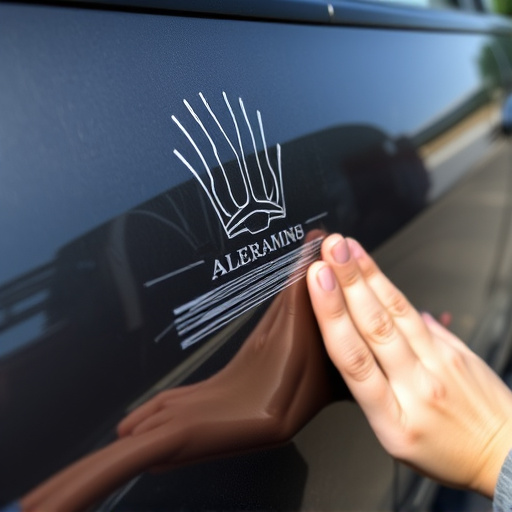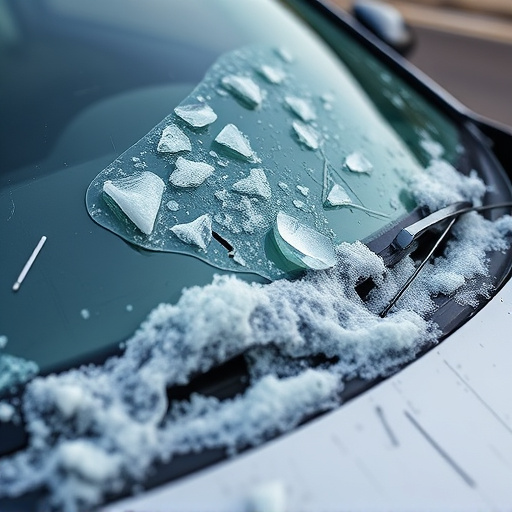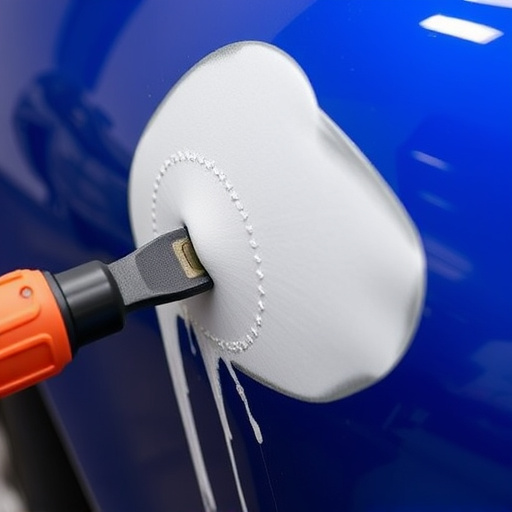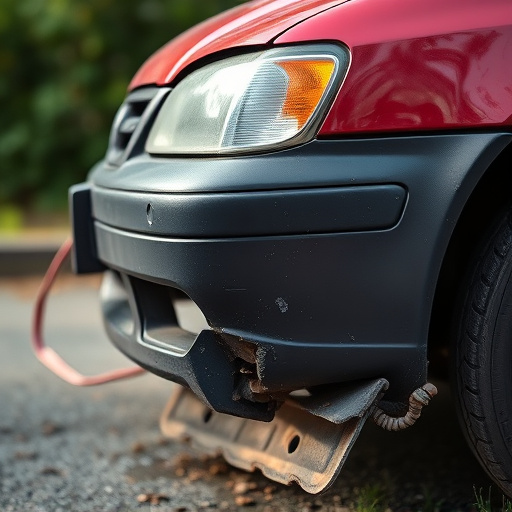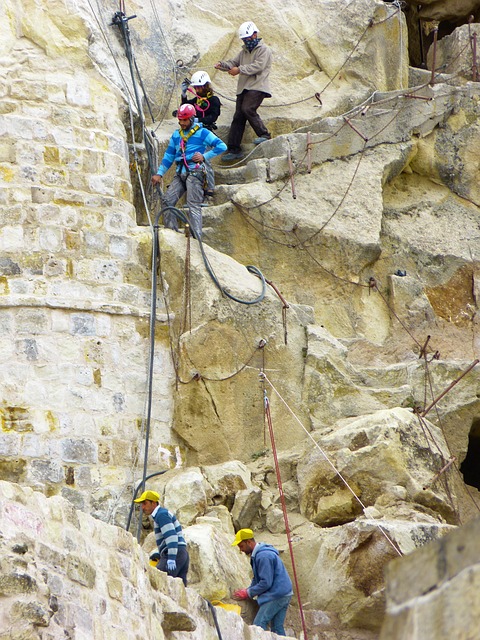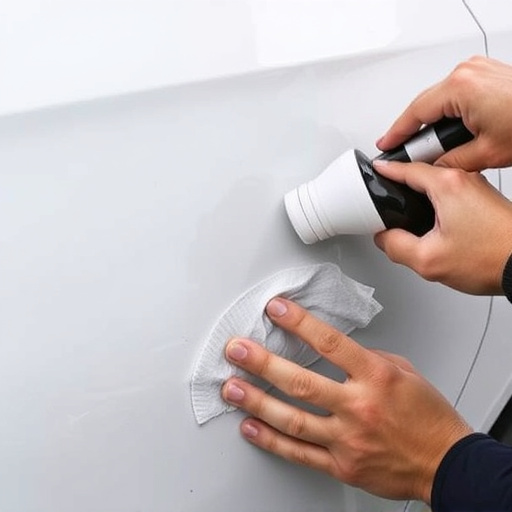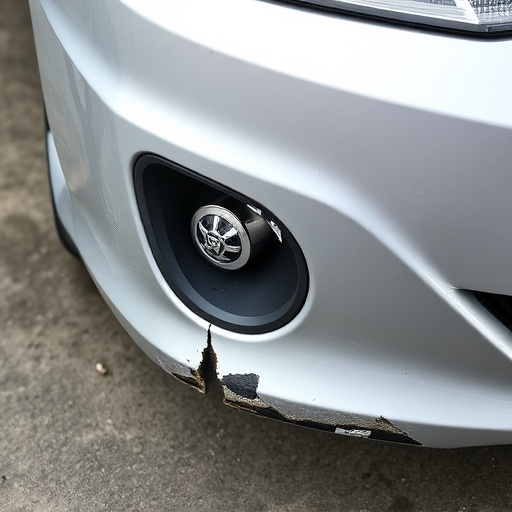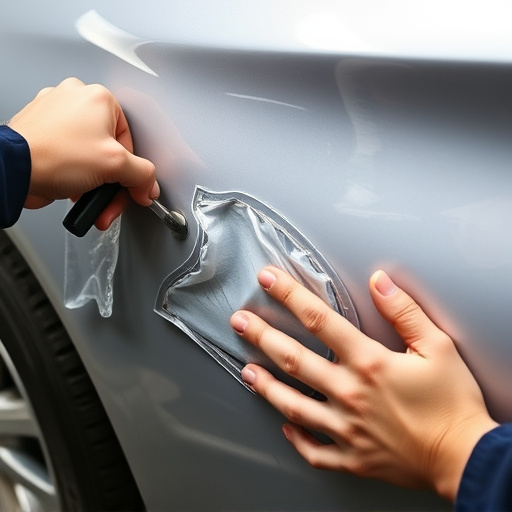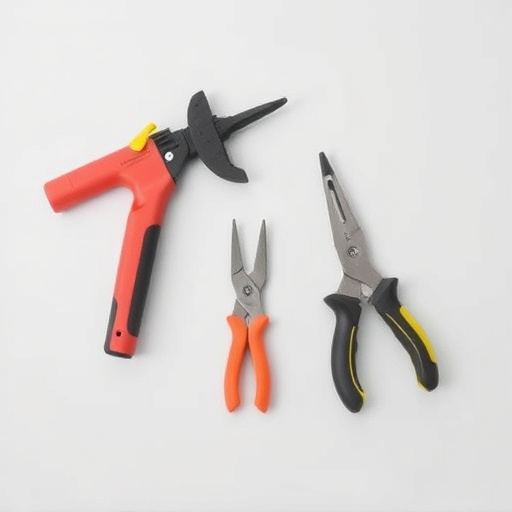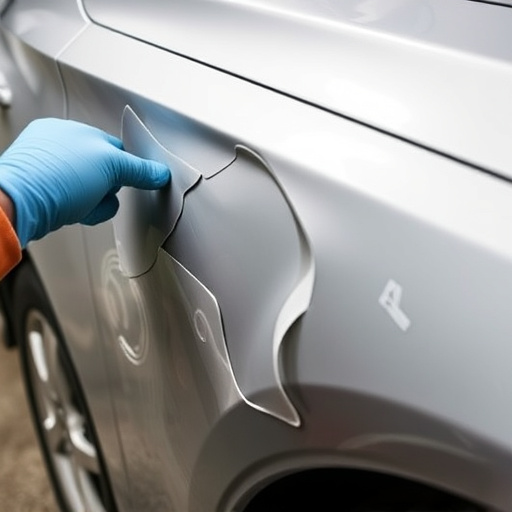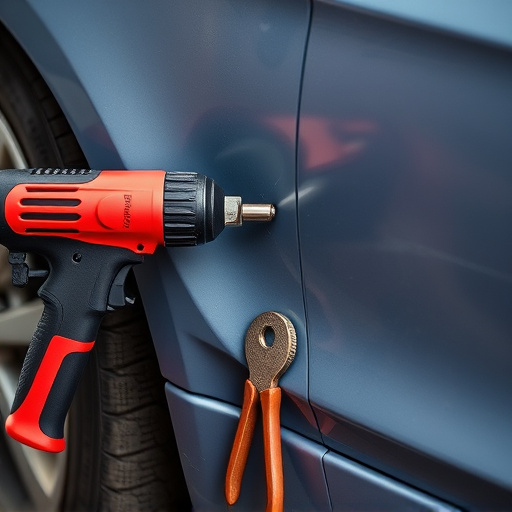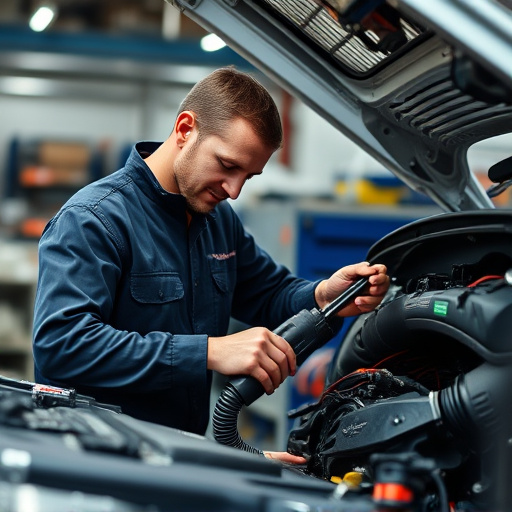After storms, technicians conduct thorough assessments of vehicles for storm damage collision repair using diagnostic tools to identify hidden issues like frame shifts and water intrusion. They employ advanced technologies and specialized equipment, such as laser welding machines, to restore structural integrity and factory finishes, ensuring every component is correctly restored or replaced. The meticulous process aims to return vehicles to pre-storm condition, focusing on both cosmetic and structural repairs for safety and integrity.
In the aftermath of storms, technicians play a vital role in restoring vehicles to their pre-storm condition. This article delves into the meticulous process of storm damage collision repair, focusing on key aspects like assessing the impact, utilizing specialized tools, and bringing cars back to their original state. Understanding these techniques is essential for anyone navigating storm damage, highlighting the skill and expertise required to ensure safe and effective restoration.
- Assessing Storm's Impact on Vehicles
- Specialized Tools for Collision Repair
- Restoring Cars to Pre-Storm Condition
Assessing Storm's Impact on Vehicles
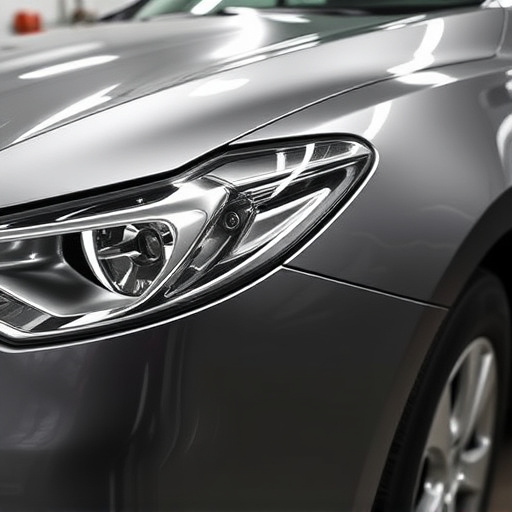
After a storm, technicians face the daunting task of assessing the impact on vehicles. They meticulously inspect each vehicle for visible damage, including dents, cracks, and broken glass. This initial evaluation is crucial in determining the extent of storm damage collision repair needed. Technicians use their expertise to identify not just surface-level issues but also potential hidden harm, such as frame shifts or water intrusion, which require specialized attention.
Understanding the full scope of storm damage involves more than a visual check. Technicians may employ diagnostic tools and technology to uncover hidden problems. This meticulous process ensures that every vehicle receives appropriate collision repair services, whether it’s minor repairs like fixing dents and replacing windshields or extensive restructuring to bring the auto back to its pre-storm condition at an auto collision center.
Specialized Tools for Collision Repair
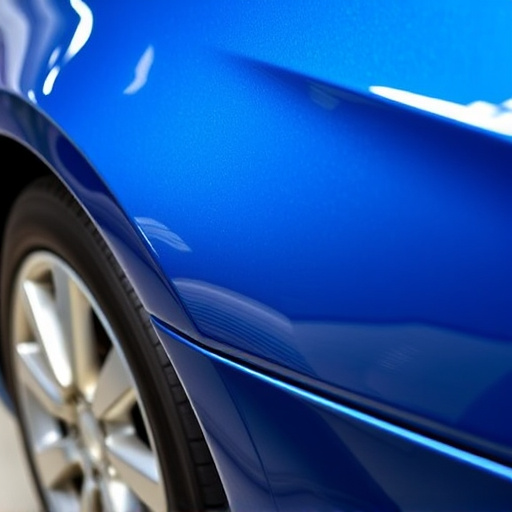
When it comes to storm damage collision repair, technicians require specialized tools tailored for complex and intricate repairs. These tools are designed to handle various materials commonly found in modern vehicles, from lightweight alloys to advanced composite panels. Specialized equipment, such as precision cutting tools and laser welding machines, enable technicians to make exact cuts and precise welds, ensuring structural integrity and original factory finish.
In a storm damage collision repair process, technicians must address unique challenges posed by weather-related incidents. They employ specialized sensors and diagnostic tools to assess the extent of the damage accurately. These advanced technologies play a crucial role in identifying hidden issues that might go unnoticed during visual inspections alone. This meticulous approach guarantees that every component is correctly restored or replaced, taking cars back to their pre-storm condition in a reliable car collision repair or auto collision center setting.
Restoring Cars to Pre-Storm Condition
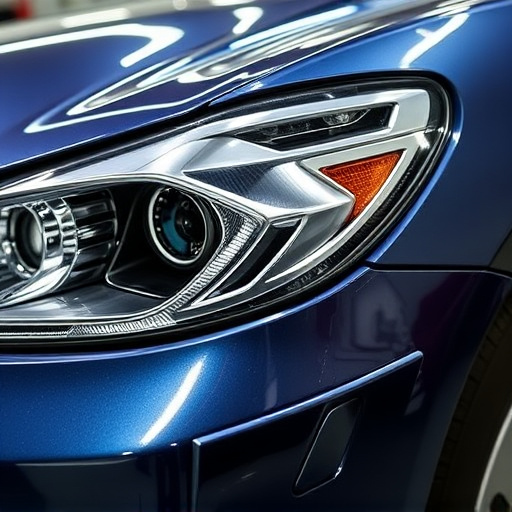
After a storm, many vehicles sustain damage, from dented bodies to shattered windows and other structural issues. Technicians skilled in storm damage collision repair are tasked with returning these cars to their pre-storm condition. The process involves meticulous assessment, careful disassembly, and precise repair of various components, ensuring the vehicle’s safety and aesthetic appeal.
Specialized equipment and techniques are employed for each type of damage, whether it’s a simple dent removal or complex frame straightening. Technicians use advanced tools for car body repair to restore panels, align frames, and replace parts like windows and doors. The goal is not just to fix the visible symptoms but also to address any underlying structural weaknesses caused by the storm. This meticulous approach guarantees that the repaired vehicle not only looks as good as new but also functions safely on the road.
In the aftermath of a storm, technicians play a pivotal role in restoring vehicles affected by storm damage collision repair. By meticulously assessing the impact, utilizing specialized tools, and adhering to meticulous restoration processes, they can bring cars back to their pre-storm condition. This not only ensures customer satisfaction but also highlights the importance of professional expertise in mitigating and repairing storm damage.

